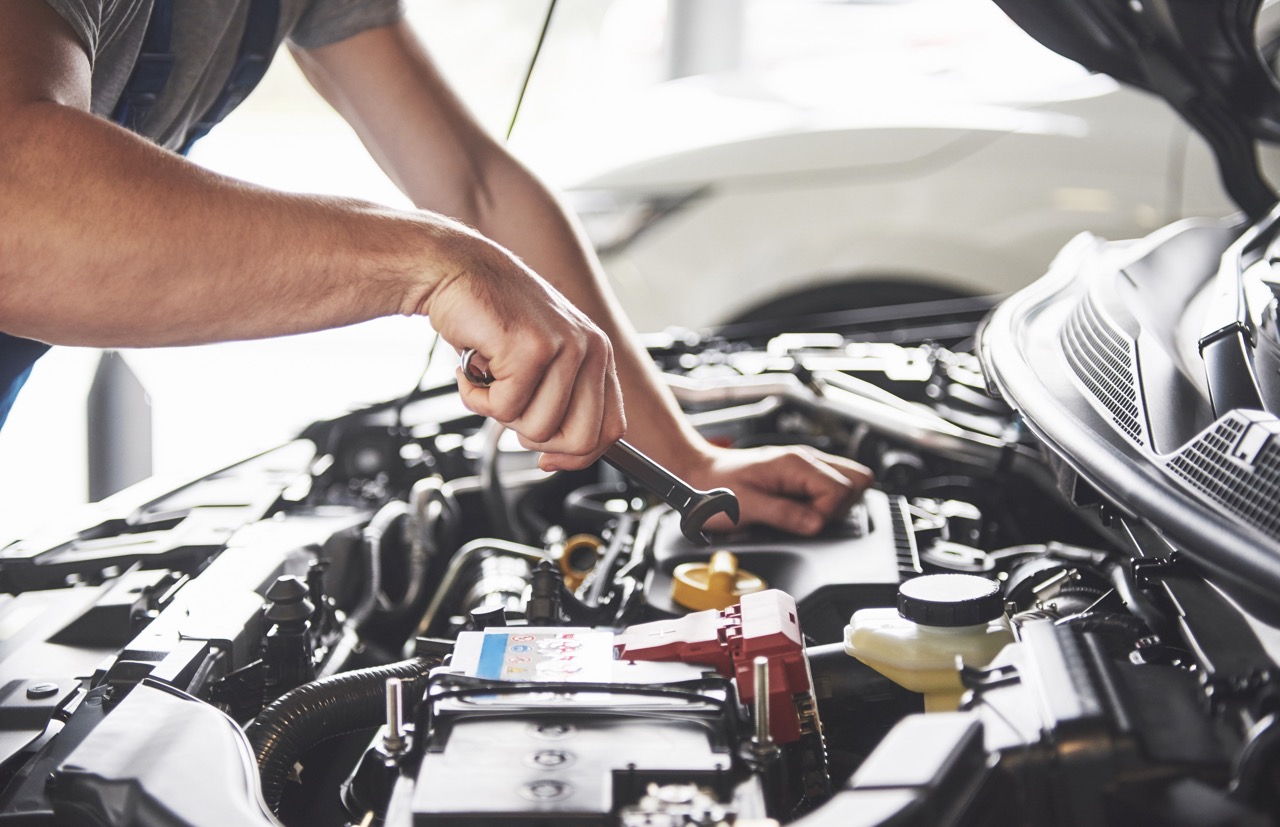
Maintaining your vehicle is an important component in extending its life, but there are some common misconceptions about how much you need to do on a regular basis. Most of the work that your parents had done regularly on their cars is unnecessary with modern, more efficient vehicles. Here are some tips your dad may have given you that no longer fit the bill:
“Change the oil every 3000 miles.”
Although the recommended interval between oil changes varies from model to model, most owners’ manuals don’t recommend an oil change every 3,000 miles. 5,000 miles, 7,500 miles or more is now the norm. Changing the oil more often won’t hurt your car, but it won’t really help, and it will cost you extra money.
“Having maintenance done anywhere but the dealership will void the warranty.”
The dealership where you bought your car may give you a discount for having your maintenance done there, but having it done somewhere else won’t void the warranty. As long as you save receipts for any work that is done, you can have it done anywhere you want, or you can even do it yourself. Skipping oil changes and other maintenance could void the warranty, though.
“Premium-grade fuel is better for your car.”
Premium-grade fuel is meant for high-compression engines that run hotter than usual because it is less prone to pre-ignition. It will not improve performance in a regular engine, so you don’t need to waste your money on it if your car’s specifications don’t call for it.
“Your coolant needs to be flushed twice a year.”
The old notion that coolant needs to be replaced in the spring and fall has been replaced by closed coolant systems that don’t lose fluid over time. In addition, a longer-lasting coolant remains effective for two years or longer, so it doesn’t need to be replaced as often.
“Let your car warm up before driving it.”
Letting your car run in the driveway while you make your lunch and round up your wallet will only waste gas. Modern engines warm up better while they’re being driven. They will reach their maximum efficiency range more quickly while in motion, so hit the road. Just avoid revving the engine very high for the first few miles.
Related Posts
As an EV owner, understanding your vehicle's battery is critical. From its capacity to its lifespan, and everything in between, we'll guide you through what you need to know to optimize your EV experience. So buckle up and get ready - we're about to shed some light on the electrifying world of EV batteries. What [...]
If your car is running hot, it can be a sign that something’s not right with your engine. Fortunately, diagnosing the cause of an overheating engine isn't too difficult if you know what to look for and how to address it. Keep reading if you want to learn the most common issues that occur when [...]
Your vehicle's exhaust system serves a critical role in managing the byproducts of the combustion process and ensuring optimal engine performance. The appearance of colored smoke from the exhaust pipe, either when stationary or accelerating, can provide valuable clues to underlying mechanical issues. What is a car exhaust? A car exhaust is a system [...]





